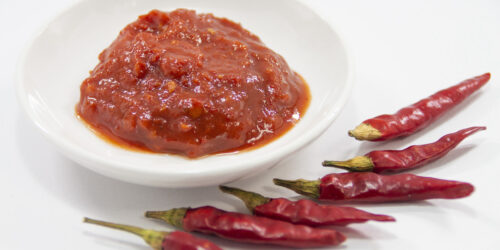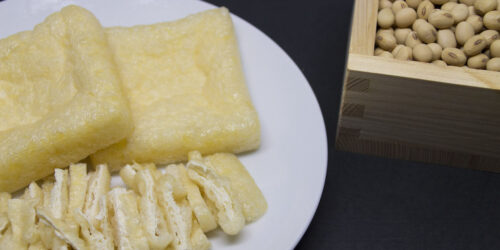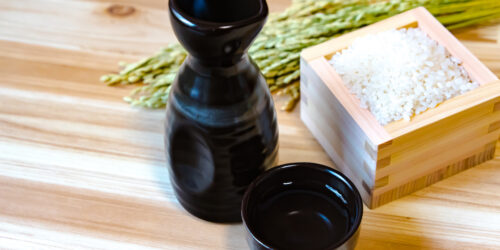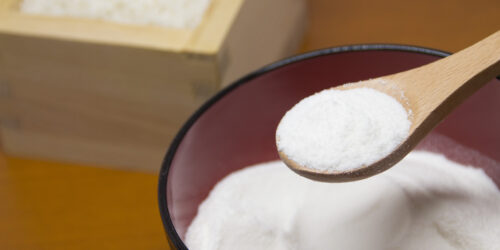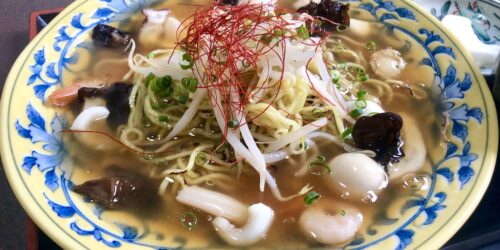What Is Red Miso and How Is It Used?
What Is Red Miso (赤味噌 Aka-Miso)?
Red miso is a generic term for miso that is brown or reddish brown in color. It’s mainly produced in Eastern Japan where the wether is relatively cooler than Western Japan.
There are various kind of red miso in Japan actually. Sendai miso produced in Miyagi prefecture and Echigo miso produced in Niigata prefecture are some of famous red miso.
Speaking of red miso, people who live in Kanto region (areas around Tokyo) tend to think of miso made from koji rice which is called rice miso (kome-miso in Japanese).
However, people from Tokai region (Aichi, Gifu, and Mie) tend to think of soybean miso (mame-miso in Japanese) as red miso. Soybean miso is made with soybean koji instead of koji rice, and it’s very dark reddish brown (almost black) in color.
Interested in learning more about miso?
[Ultimate Guide] Different Types of Miso
What Is Red Miso Made from?
Just like the other miso, the raw materials for red miso are soybean, koji, and salt. In order to make red miso, you need to mix all of them and ferment it.
Although all miso made with any type of koji could be red miso as long as its color become red (I mean brown or reddish brown), there are 3 types of koji. It affects the taste of miso a lot.
・soybean + koji rice + salt = (red) rice miso
・soybean + barely koji + salt = (red) barley miso
・soybean koji + salt = (red) soybean miso
Interested in learning more about koji?
What Is Koji and How Is It Used?
Why Is It Red?
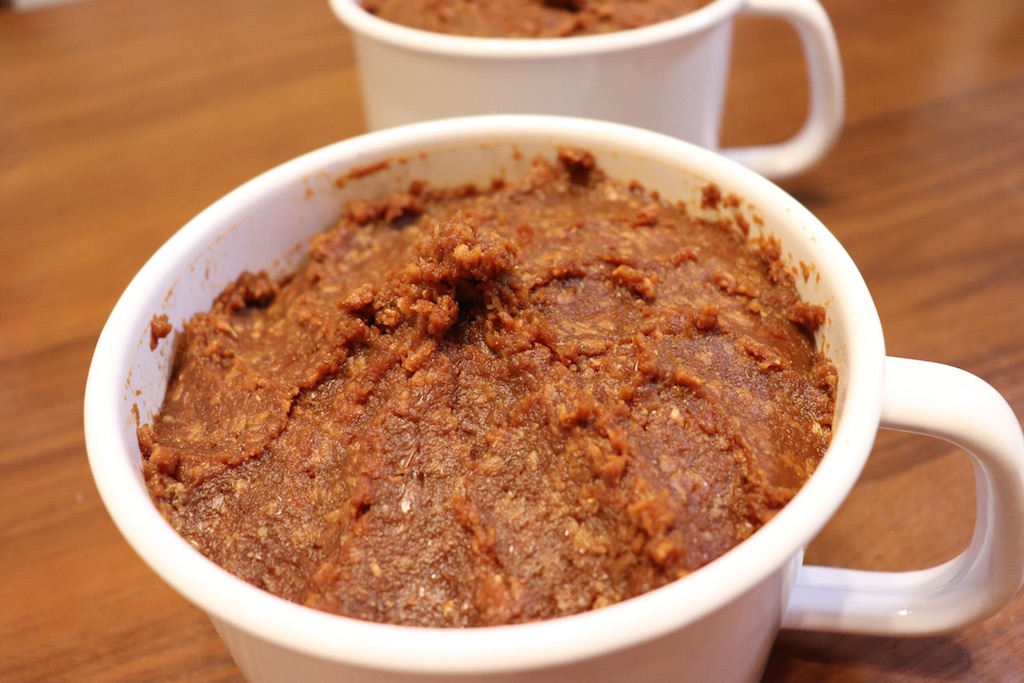
Although the raw materials of red miso are the same as the one of white miso, why does it turn out red in color?
There are 2 main reasons in this.
Manufacturing Process
The key element is that how is soybean cooked in the process.
Firstly you mix koji (koji rice or barley koji) with cooked soybean to make rice miso or barley miso. (Since soybean miso is using soybean koji, there isn’t this step.)
At that time, soybean must be steamed not boiled in advance. By being steamed at high temperature, amino acid contained in soybean can react with sugar during maturing process. Then the color of miso turns brown. This reaction is called Maillard reaction by the way.
For making white miso, on the other hand, soybean has to be boiled instead of steamed.
Aging Period
The aging period of red miso is longer than white miso. It’s differ depending on the type of miso, but generally typical red miso made with koji rice is matured for 3 months to 1 year.
Soybean miso’s aging period is longer: it’s 1 year to 3 years.
The longer the aging period, the more Maillard reaction occurs, and the color of miso gets darker.
What’s the Difference Between White Miso and Red Miso?
What Is Red Miso Used for?
Red miso can be used for any dishes such as miso soup, stir-fried dish, and marinate sauce of meat or fish. Especially miso made with koji rice is very useful because its taste and smell is not too strong. In other words, its saltiness and mildness are well-balanced. So I would say red miso can be even substitute for soy sauce.
Soybean miso, on the other hand, has strong unique flavor. It’s suitable for simmered dishes because the great flavor of soybean miso won’t disappear even if it’s cooked for a long time.
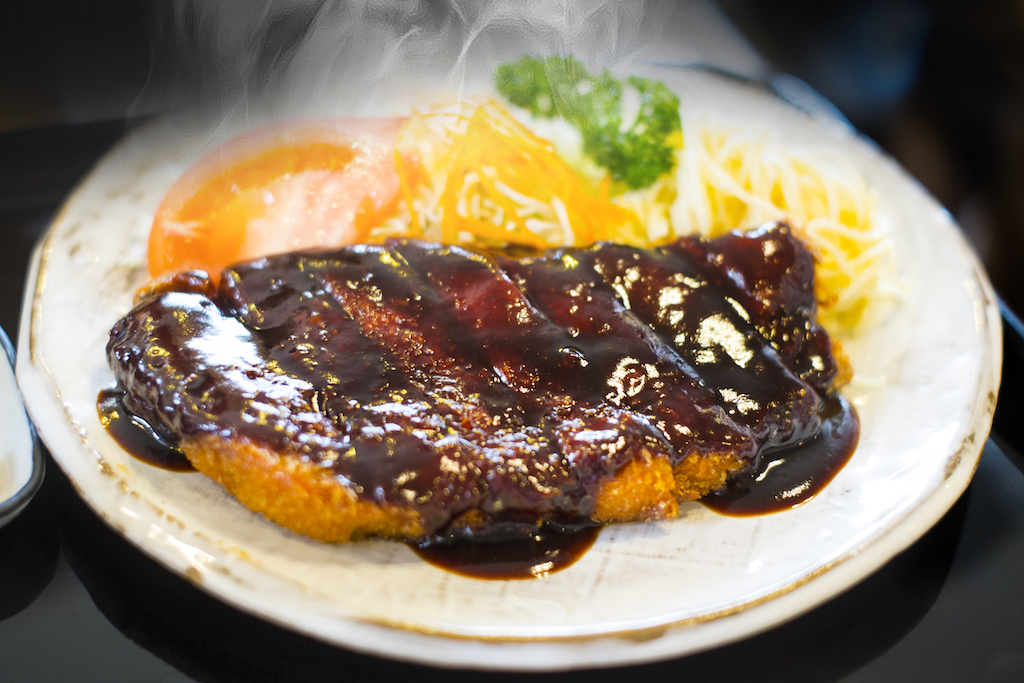
What Does Red Miso Taste Like?
Basically Red miso has more salty taste than white miso, and has koku (well-balanced taste with body). There are a few but some red miso has sweet taste.
There are all sorts of red miso actually, and each one of them has features. So let me explain some representative red miso next.
Different Types of Red Miso
Typical Rice Miso (Brown Color)

About 80% of miso produced in Japan is categorized as rice miso which is made with koji rice. Among them, most of rice miso produced in Eastern Japan are red miso.
The color strength differ depending on the types of miso, but most of them have similar salinity of 10% (Sodium in 1 Tbsp [18g] of Miso is about 709mg).
As I mentioned above red rice miso has well-balanced taste, so it’s suitable for all kinds of dishes.
Miso Fried Rice
GET THE RECIPE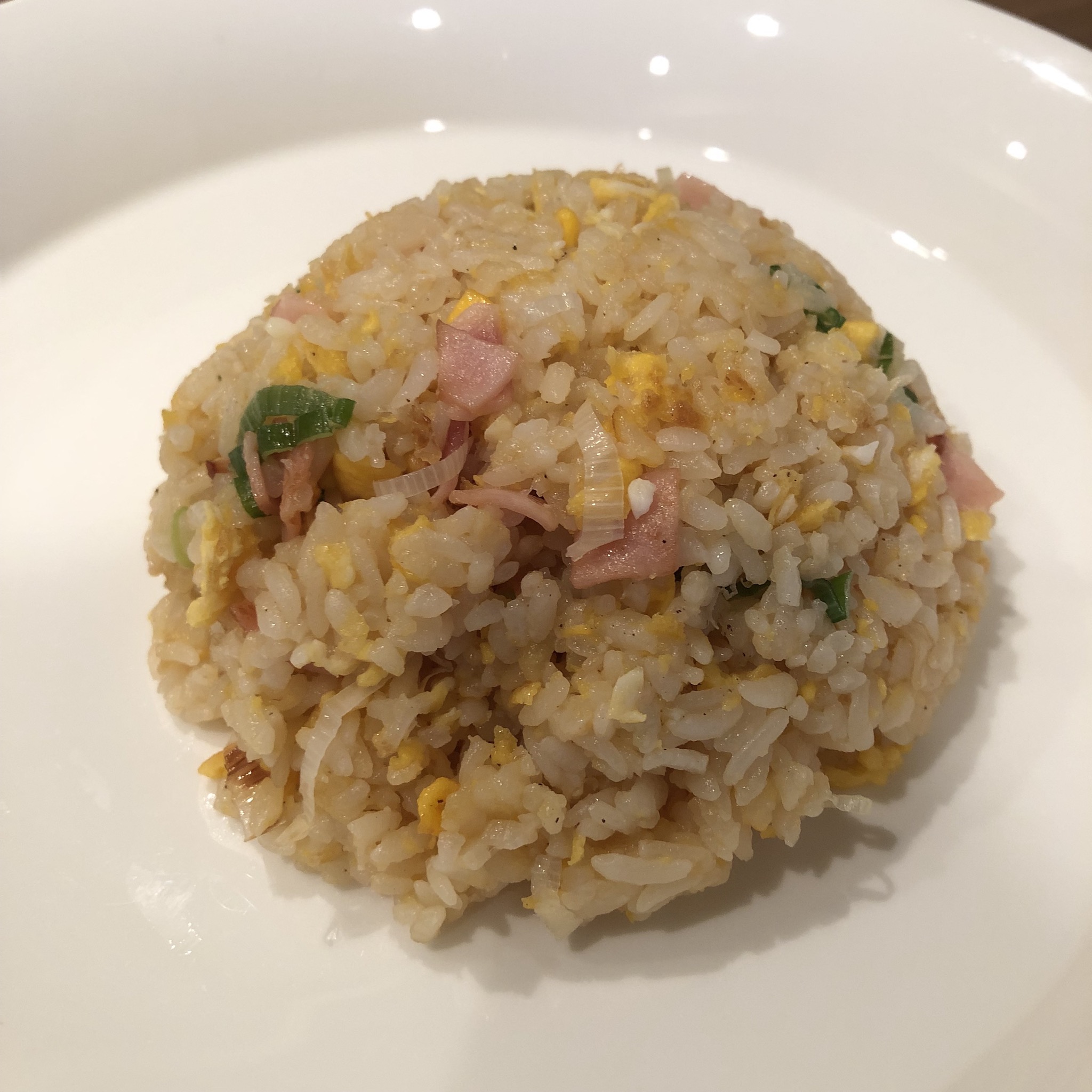
Soybean Miso
Soybean miso is made from only soybean koji (mame-koji) and salt, and produced in mainly in Tokai region (Aichi, Gifu, and Mie). The color is dark reddish brown and it almost looks black. Since the aging period of soybean miso is very long, it loses water in the maturing process, and it’s extremely hard in the texture.
The salinity is about the same as typical red rice miso, but the there is no sweetness because it doesn’t contain koji rice neither barley koji. Instead of that, soybean miso has unique flavor with bitter taste and gives koku to the dishes.
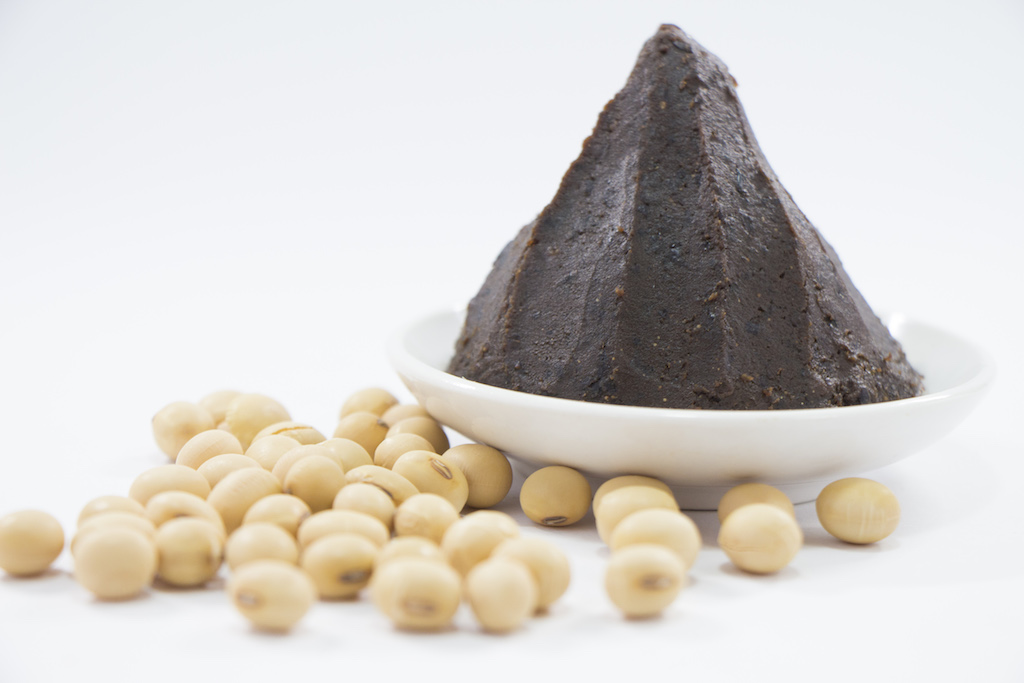
Hatcho Miso
Hatcho miso is one of soybean miso. Among soybean miso, only the one that satisfies certain standards can be called Hatcho miso, and it’s one of the best known soybean miso in Japan. Hatcho miso is originally produced in the city called “Hatcho cho” in Aichi prefecture.
The looks and taste of it is almost the same as normal soybean miso.
Interested in learning more about Hatcho miso?
What Is Hatcho Miso and How Is It Used?
The smell of soybean miso and Hatcho miso hardly disappear through the fire for a long time, so they are great seasoning for stews. Another great part of them is that soy protein contained those miso can eliminates the smell of meat and fish.
The famous dishes using soybean miso are the following:
Miso-Katsu
Tonkatsu (deep-fried pork) with sweet soybean based miso sauce
GET THE RECIPE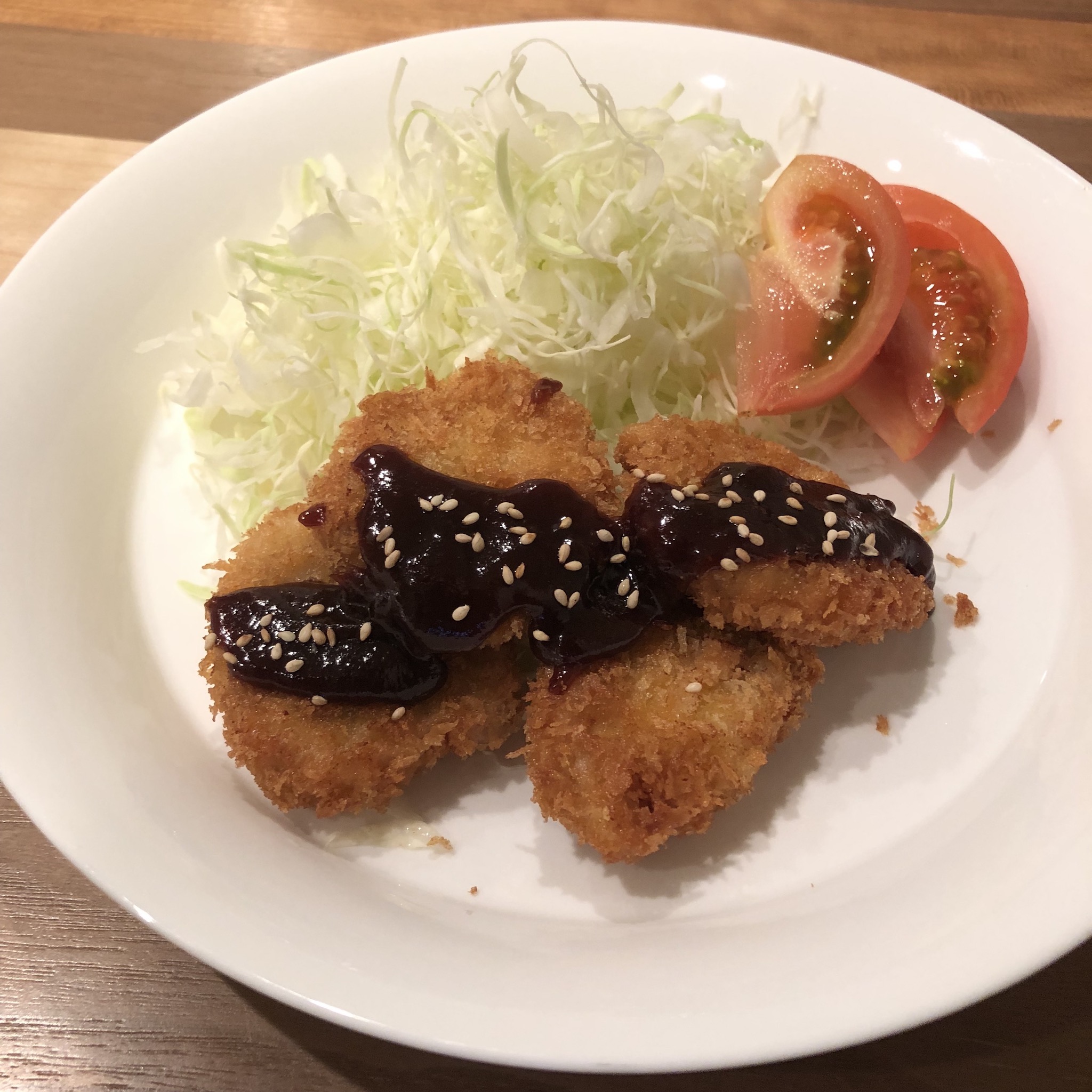
Miso-Nikomi-Udon
Udon cooked in a broth containing soybean miso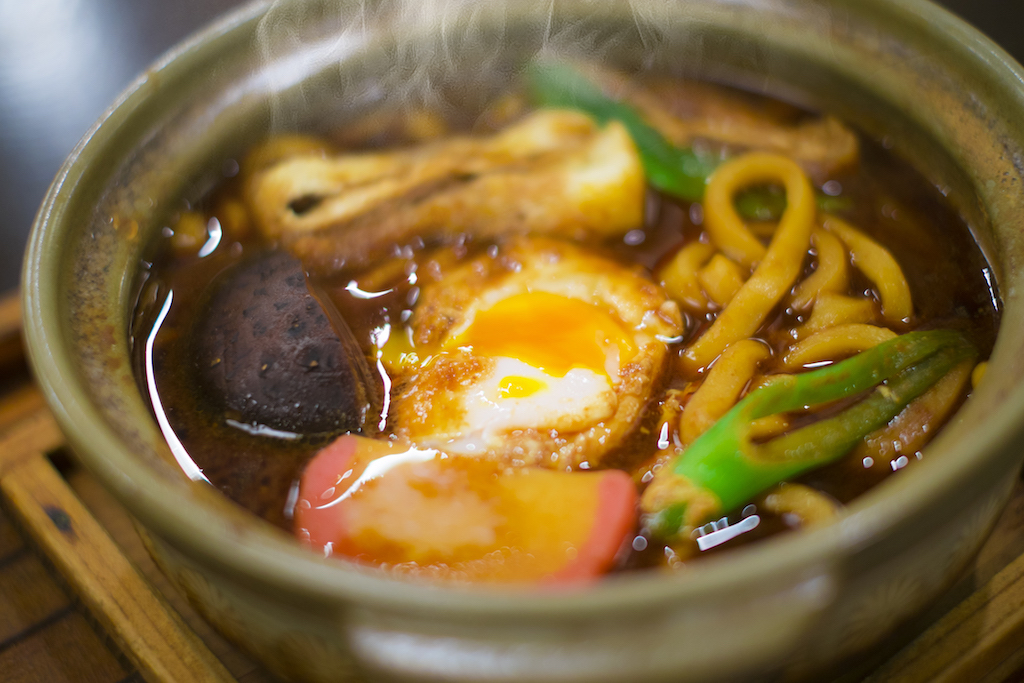
Aka-Dashi
Aka-Dashi is made based on soybean miso, and some rice miso and seasonings are added. The type of rice miso and seasoning differ depending on the manufacturer, but usually they use dashi (stock) made from bonito, kelp, or small dried sardines.
Because it contains rice miso and seasoning such as dashi, the taste is much smoother than normal soybean miso. Also it has great koku from not only soybean miso but dashi, so the taste of dish become more complex and scrumptious.
Edo-Amamiso
Edo is the old name for Tokyo, and Ama means “sweet”.
Edo-Amamiso has been used in areas around Tokyo since the old times. Unlike typical red miso, it has sweet taste, and the salinity is about the half of normal one.
Using large amount of koji in it allows the short aging period: it takes approximately 10 days for maturing.
Although it’s sweet miso, soybean is steamed in the manufacturing process so it can turn red instead of white. (Generally sweet miso tends to be white in color.)
Nutrition and Benefits of Red Miso
Due to the long aging period, red miso is rich in nutrition. It contains all sorts of nutrients such as protein, carbohydrate, vitamins, and minerals.
Melanoidin that is produced in the Maillard reaction has the efficacy of removing active oxygen that promotes body aging and blood vessel aging. In other words, taking red miso can be expected anti-aging effect. It’s also said that the ingredient in red miso stimulates the intestines to increase metabolism, therefore, it’s expected to be effective on diet.
Interested in learning more about health benefits of miso?
What Is Miso and Is It Healthy?
What Can I Substitute for Red Miso?
Can You Use White Miso Instead of Red Miso?
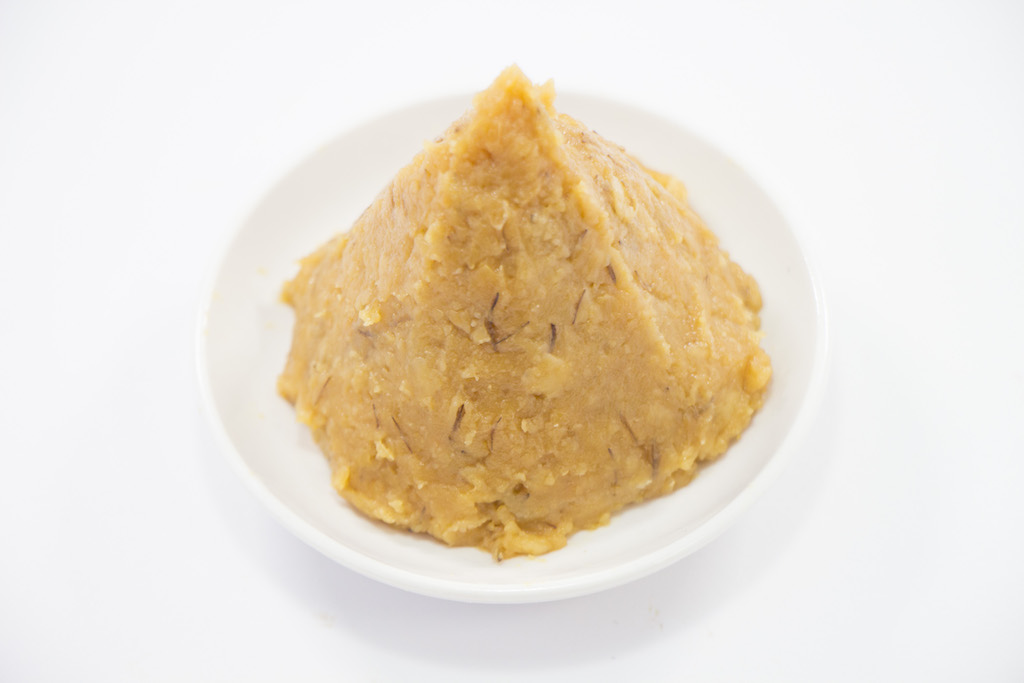
The answer is YES, you can. But please note the following.
Salinity
It might be better to check the salinity of your white miso before cooking.
And you should add soy sauce or something salty seasoning if your white miso is sweet white miso.
If you feel the saltiness from your white miso clearly, you don’t have to add any other thing.
Color of dish
As you know, the looks of the dish become whitish if you use white miso instead of red miso. But you don’t really have to worry about that as long as the taste is fine.
By the way, it’s difficult to make genuine style of soybean dishes using white miso instead of soybean miso. But it’s OK to use one, and adding more soy sauce and salt is recommended if you try that.
Seasoning Substitute for Red Miso
If you don’t have neither red miso nor other type of miso, you can use the following seasonings instead.
Soy sauce
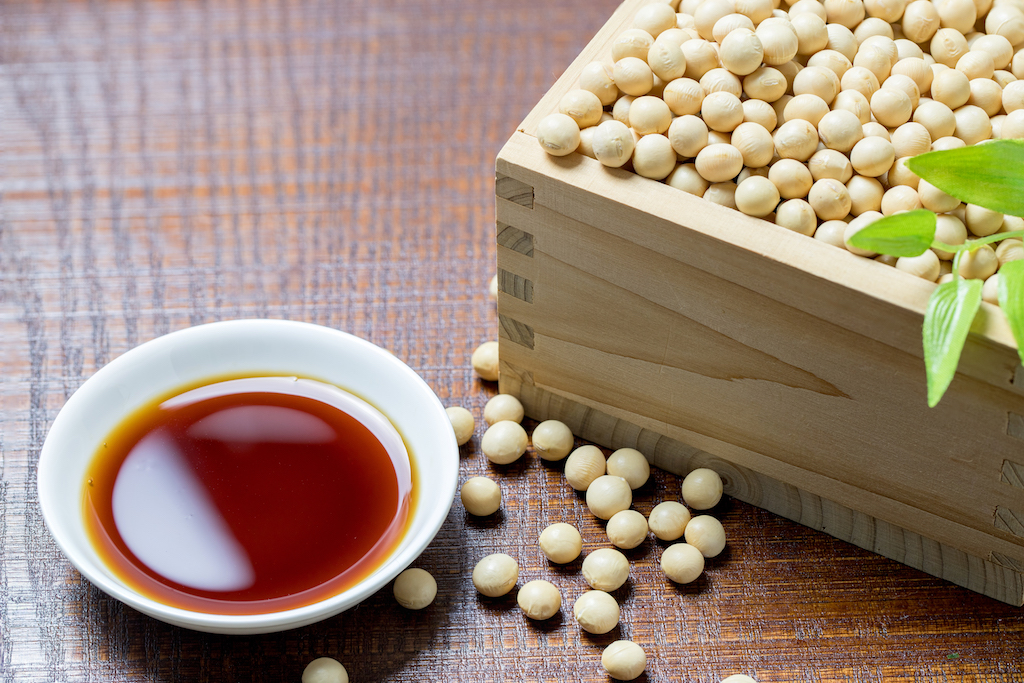
Soy sauce is also fermented food made from koji and soybean. So it definitely helps you to make Japanese-style flavor. If you are run out of miso, you can just use the same amount of soy sauce.
Mentsuyu
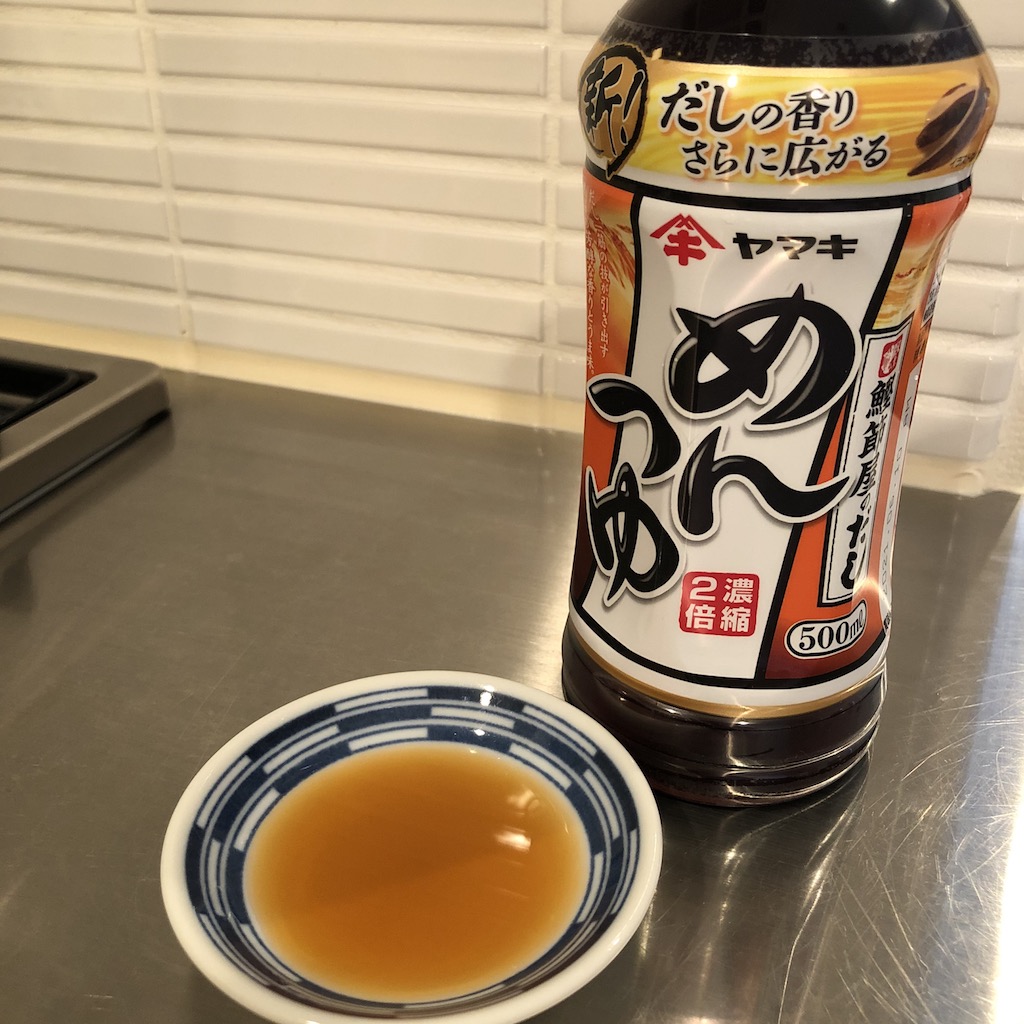
Mentsuyu is made from soy sauce, dashi, mirin, and sugar. The ingredients differ depending on the manufacturer, but generally it contains a lot of umami and koku produced by dashi: bonito, kelp, or small dried sardines. Since it already contains sugar, mentsuyu will be especially great substitute when you were planning to use [miso + sugar/mirin].
Shiro-dashi
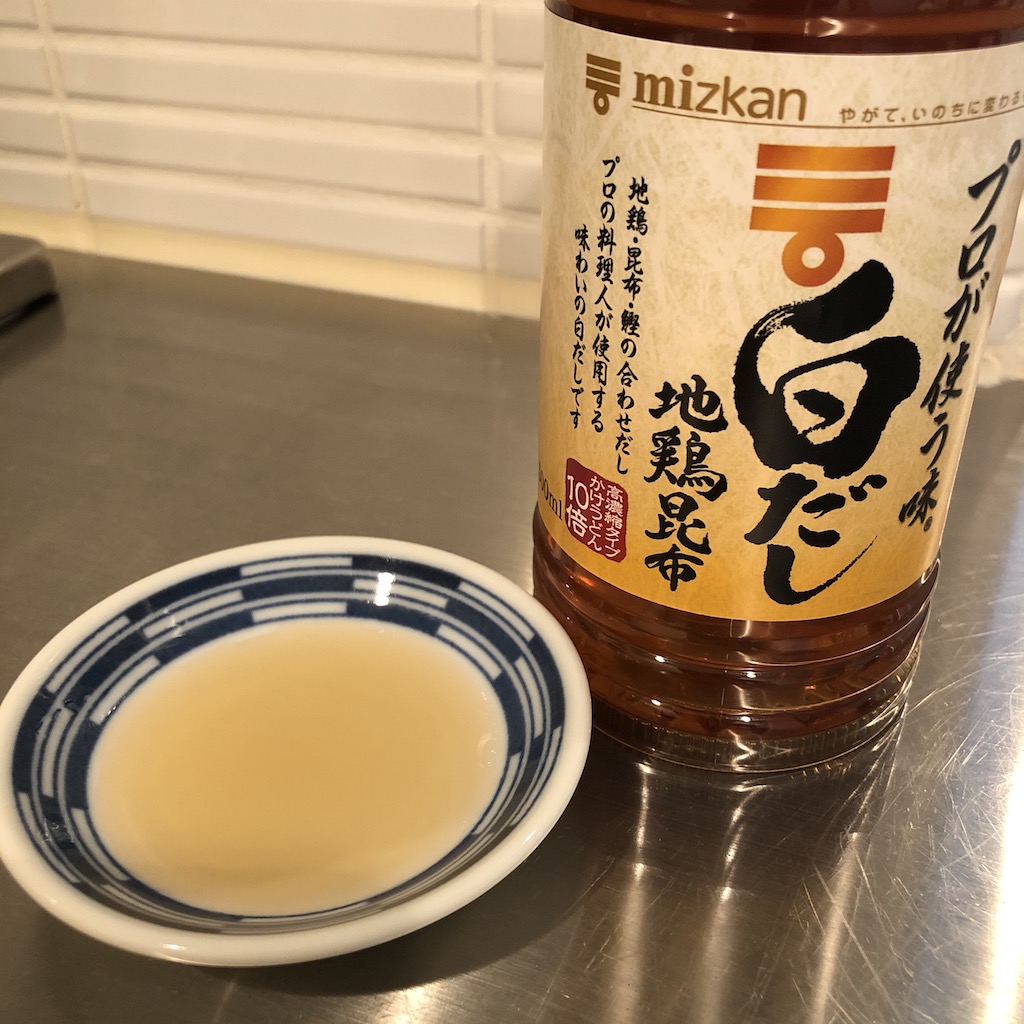
Shiro-dashi contains almost the same ingredients as mentsuyu, so I would say it’s light-colored mentsuyu. People use shiro-dashi when they don’t want make the food color brown.
Anyway shiro-dashi is also great substitute for miso that gives umami, saltiness and sweetness to dishes.
Interested in learning more about substitute for miso?
What Is A Good Substitute for Miso?

